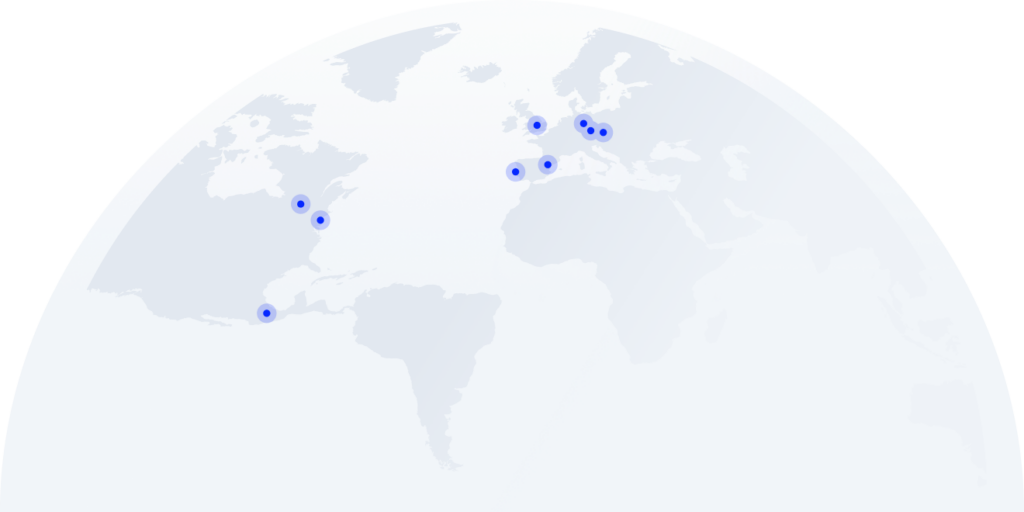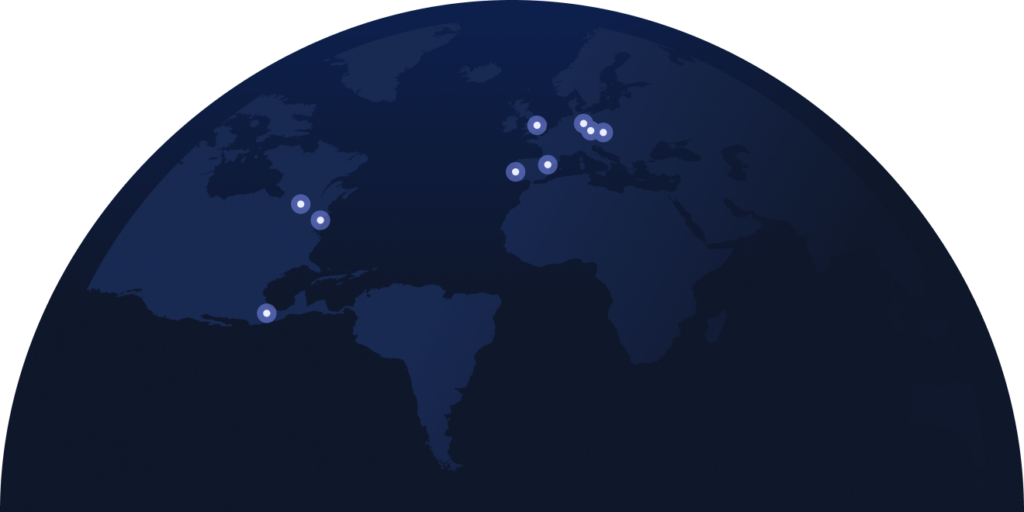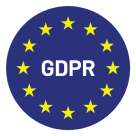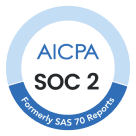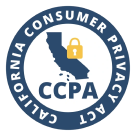Call Flow Diagram: How to Visualize and Optimize Customer Interactions

78% of agents say customers seem more rushed than ever.* Whether your customers are seeking support, making a purchase, or resolving an issue, every second counts. That’s why, without a structured call flow, interactions can quickly become chaotic.
Imagine Sarah, a customer trying to reach tech support after experiencing login issues. She dials the company’s number, only to be transferred multiple times, placed on hold, and eventually disconnected. Frustrated, she turns to a competitor offering a smoother experience.
Disjointed call flows inconvenience customers. They also lead to lost revenue and reduced brand trust. Call flow diagrams help solve this. By mapping out every step of a customer’s journey, businesses can eliminate bottlenecks, ensure swift resolutions, and create a more satisfying experience for both customers and agents.
In this article, we’ll explore what a call flow diagram is, why it’s essential, and how to create one that improves customer interactions and operational efficiency.
Key Takeaways:
- A well-structured call flow diagram reduces wait times, prevents dropped calls, and improves agent productivity.
- Mapping customer interactions helps identify inefficiencies and optimize support processes.
- CloudTalk’s Call Flow Designer simplifies call routing, helping customer support and sales teams enhance customer service.
Curate seamless customer interactions
What is a Call Flow Diagram?
A call flow diagram is a visual representation of the customer’s journey through a call system. It outlines every touchpoint, from the moment a call is received to when it reaches resolution.
These diagrams help businesses design efficient, logical call paths that minimize friction and ensure customers reach the right destination quickly.
The Impact of Optimized Call Flows on Customer Interactions
An optimized call flow can significantly improve customer satisfaction and business efficiency. This is key for hitting your targets and bottom line, especially considering 65% of agents claim their cases are more complex than ever.
Poor call flow design leads to unnecessary bottlenecks. If a tech support line routes all callers through a generic menu, high-priority issues may be buried under routine inquiries. A well-structured call flow directs urgent cases to specialized agents while offering self-service options for minor issues.
Benefits include:
- Reduced wait times and improved agent efficiency: Directing calls to the right department or self-service options ensures customers get help faster.
- Fewer dropped calls and better resolution rates: Well-structured call flows prevent customers from being lost in endless transfers or abandoned queues.
- Improved customer experience: A smooth, frustration-free interaction keeps customers engaged and builds brand loyalty.
Use advanced call routing to boost customer experience
Core Components of a Call Flow Diagram
To create an effective call flow diagram, it’s important to understand its core components. Let’s go back to Sarah’s experience. If her call had been properly routed, she would have been connected to the right support team immediately.
Instead, she faced long holds and unnecessary transfers. This breakdown in call flow design highlights why a structured approach is essential.
Key Elements to Include
Here’s what makes up well-designed call flows:
- Entry points: The ways customers initiate contact, such as inbound calls, IVR menus, call forwarding, or callbacks. A well-defined entry point ensures customers start their journey in the right place.
- Routing paths: The different paths a call can take based on customer needs. This includes directing calls to specific departments, using self-service options, or queuing them for live agents. Proper routing ensures minimal delays and efficient handling.
- Decision trees: The logical framework that determines whether a call is automated or handled by an agent. Decision trees help guide the customer based on predefined conditions, like issue complexity or urgency.
- Endpoints: The final resolution of the call, such as issue resolution, voicemail, call transfers, or a scheduled follow-up. Clearly defined endpoints help streamline call handling and avoid unnecessary loops in the system.
Example Call Flow Diagrams By Use Case
A well-structured call flow adapts to the specific needs of your business, ensuring that every call is handled efficiently and routed to the right place.
Let’s explore some call flow use cases categorized by industry or role:
Support Team
A customer calls tech support after experiencing an account lockout. Instead of being transferred multiple times, an optimized call flow routes the call based on urgency. If the issue is common, an automated system walks them through self-service steps. This helps the 61% of customers who prefer to use self-service to resolve simple issues. If the problem requires human intervention, CloudTalk’s Skill-Based Routing system escalates them to the right specialist immediately.
Sales Team
An inbound lead calls a software company to request a product demo. Instead of being routed to a general support line, the call flow directs them to a sales representative based on their business size and needs.
High-value prospects go to senior account executives, while smaller inquiries are scheduled for follow-ups with junior reps. This prioritization lets you maximize conversion opportunities.
Financial Services
A customer contacts their bank to check their account balance and inquire about loan options.
Instead of waiting on hold for an agent, they interact with an authentication-driven IVR system that securely verifies their identity, provides account details, and offers self-service loan information. If needed, the system seamlessly transfers them to a financial advisor.
Education & E-Learning
A prospective student calls a university admissions office with questions about application deadlines and tuition. The system first directs them to an automated menu that provides basic information.
If their inquiry is more specific, such as scholarship eligibility, the call is routed to an admissions counselor. This ensures the student gets answers without overwhelming staff.
How to Create a Call Flow Diagram in Five Steps
Sarah’s frustrating experience highlights why businesses must invest in structured call flows. If her journey had been mapped out with the right automation, she would have avoided long wait times and unnecessary transfers—and remained a loyal customer.
Here’s how to ensure a seamless customer experience with a well-designed call flow diagram.
Call Flow Diagram Checklist:
☐ Map out your current call flow
☐ Identify inefficiencies and drop-off points
☐ Use the right tools (CloudTalk, Lucidchart, Miro, Figma)
☐ Redesign with automation and self-service in mind
☐ Test and iterate
☐ Monitor KPIs and optimize continuously
Map Out Your Current Call Flow
Start by documenting your existing call-handling process. Identify common customer inquiries, how calls are routed, and where delays occur. Gather call logs, agent feedback, and customer surveys to understand where bottlenecks exist.
If Sarah’s call had been documented, patterns in call drop-offs and agent transfers could have been identified early, making it easier to implement improvements.
If you’re using CloudTalk, you can leverage its built-in Analytics tools to track historical call data, pinpoint frequent call abandonment points, and identify high-traffic times when customer service teams are most overwhelmed. You can also use Call Monitoring and Call Tagging to categorize different types of calls and analyze where inefficiencies occur in real time.
Identify Inefficiencies and Drop-0ff Points
Look for long wait times, high abandonment rates, and repetitive transfers—these are opportunities for improvement. For instance, a customer trying to reach billing support may get stuck in a long menu tree before realizing they’ve selected the wrong option.
Without a clear escalation path, they may hang up in frustration. If these patterns are common, it’s a sign that the menu options need to be clearer or that an automated routing system should be implemented to guide customers more efficiently.
Monitor agent workload distribution and track average handling times for different types of inquiries. If billing-related calls consistently take longer, it might indicate that agents need better training or that self-service payment options should be improved to reduce call volume.
Use the Right Tools
Building a call flow diagram is easier with specialized tools that help visualize and optimize workflows:
CloudTalk’s Call Flow Designer provides a drag-and-drop interface for structuring call flows without needing technical expertise.
Test and Iterate
Before rolling out a new call flow, test it in a controlled environment. Start with small-scale testing and then scale based on your needs.
How to test effectively:
- Run internal simulations: Before putting your new call flow into production, have your team role-play different customer scenarios. Test how calls are routed, whether IVR menus are intuitive, and if self-service options lead to fast resolutions.
- Monitor call recordings and transcripts: CloudTalk’s Call Monitoring and Analytics allow you to listen in on real interactions to see where customers are getting stuck or dropping off. Are they abandoning calls at a particular menu option? Are agents getting misrouted calls?
- A/B test different call flows: Try two versions of your call routing and compare which one leads to better resolution times. For example, test whether routing VIP customers to a priority queue reduces wait times and improves satisfaction.
Monitor KPIs and Optimize Continuously
Call flows need regular monitoring and optimization to stay effective. Customer behaviors shift, new tools emerge, and internal processes evolve—meaning your call flow should never remain static.
Key KPIs to track:
- First call resolution (FCR): Are customer issues being solved on the first call, or are they being transferred multiple times?
- Average handle time (AHT): How long are calls taking? Are long IVR menus or inefficient routing delaying resolutions?
- Call abandonment rate: Are customers hanging up before getting help? This may indicate long wait times or confusing call flows.
- Customer satisfaction (CSAT) and NPS: Use automated post-call surveys to gauge whether customers are happy with their call experience.
86% of Agents Claim Customer Expectations Are Higher Than Before*
Long wait times, confusing call menus, and disjointed support interactions are no longer acceptable. When Sarah first called about her login issue, she experienced exactly that: a frustrating IVR system that led her nowhere. She eventually gave up, leaving her issue unresolved.
But when the company redesigned its call flow using CloudTalk, her next experience was completely different. She was immediately routed to a self-service password reset option and was given the choice to speak with an agent if needed. What once felt like a dead-end became a quick, seamless resolution.Sarah’s experience reflects a larger trend. When support workflows are clunky or inconsistent, customers don’t wait around—they leave. CloudTalk helps you meet customer expectations by providing the tools to map, refine, and optimize call flows—ensuring every interaction is faster, smoother, and frustration-free.
Are your call flows delivering on customer expectations?
*Sources
Salesforce Call Center Statistics. 2024
FAQs about call flow diagrams
What’s an example of a call flow diagram?
A call flow diagram maps how incoming calls move through a contact center, from the auto attendant to call center agents for resolution.
What’s a call flow diagram tool?
A call flow diagram tool like CloudTalk or UML-based software helps create sequence diagrams to visualize phone calls and onboarding workflows.
How do I create a call flow chart in customer service?
Use a call center flowchart to map incoming calls, set up an auto attendant, and notify call center agents with real-time notifications.
What’s an IVR call flow diagram?
An IVR call flow diagram shows how incoming calls navigate menus, using UML sequence diagrams to guide contact center routing and onboarding.











